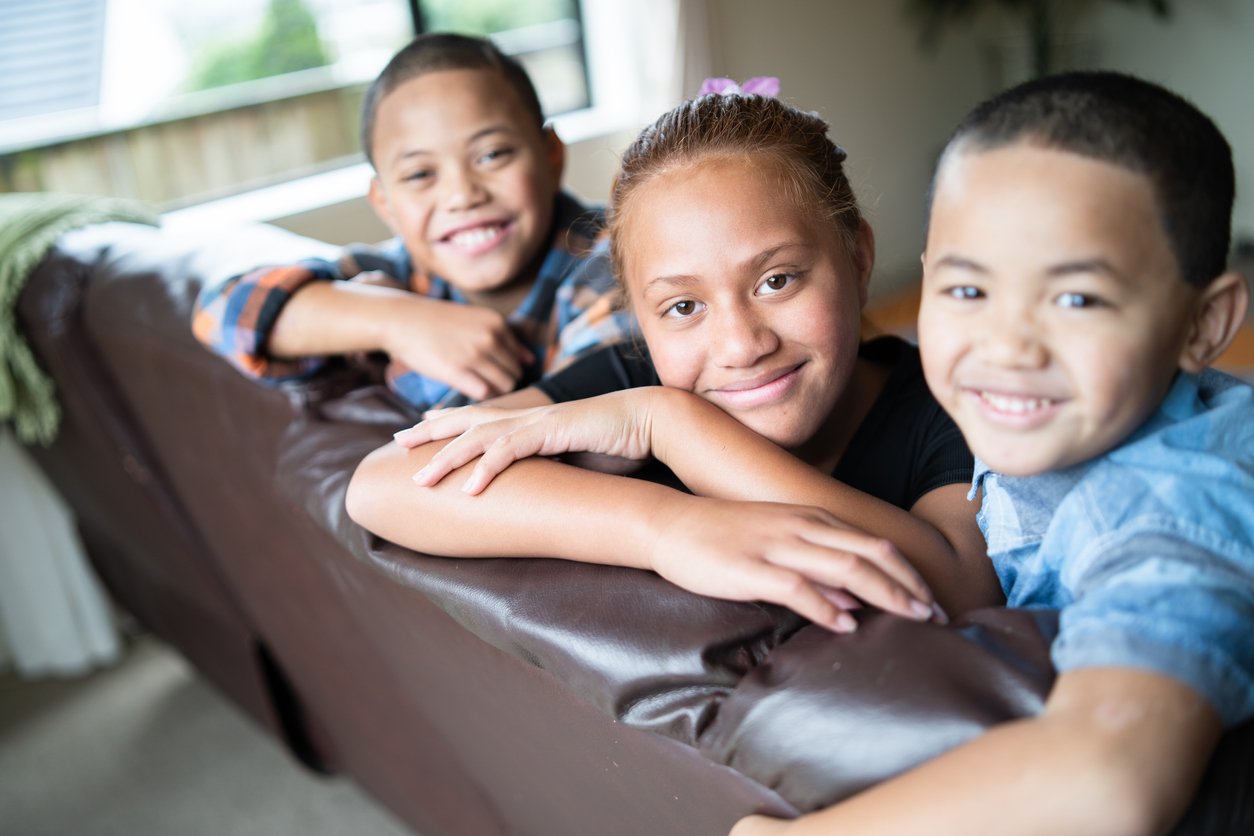Media Release
From: New Zealand Medical Association (NZMA)Key points:
- Acute rheumatic fever is a preventable disease, rates among young Māori in Northland remain amongst the highest in the world despite public health initiatives.
- Acute rheumatic fever remains strongly associated with poverty with ninety percent of cases living in areas with NZDep2013 7–10 deciles.
- Adults in Northland may be at risk of delayed diagnosis and developing more significant heart disease.
- This audit identified a greater number of cases of acute rheumatic fever than reported by the Ministry of Health. Consistent data sets across the country are required.
Summary
This audit demonstrated that rates of acute rheumatic fever (a preventable disease) remain among the highest in the world for Northland Māori aged 5–14 years. Ninety-three percent of all cases were Māori. Pacific Islanders were also over-represented. Adults may be at risk of delayed diagnosis and developing rheumatic heart disease. The data from this audit differs from data reported by the Ministry of Health. Accurate national data is required to assess the true burden of disease and inform future directions.


